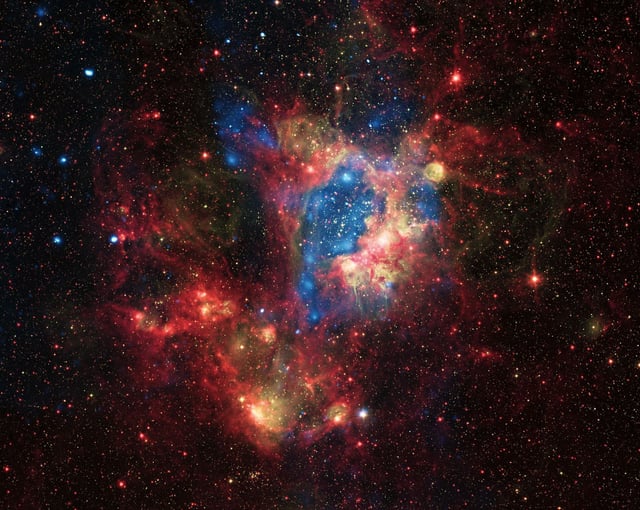Overview
- The study extends Stephen Hawking's radiation theory to all gravitational bodies, showing that objects like neutron stars and white dwarfs also evaporate over time.
- White dwarf stars, previously thought to last 10^1100 years, are now calculated to decay in 10^78 years due to Hawking-like radiation.
- Neutron stars and stellar black holes, despite differing gravitational strengths, are found to evaporate at the same rate over approximately 10^67 years.
- The evaporation timeline depends solely on an object's density, challenging prior assumptions about the role of gravitational strength.
- Published in the Journal of Cosmology and Astroparticle Physics, the findings reshape our understanding of cosmic evolution and the universe's ultimate fate.



